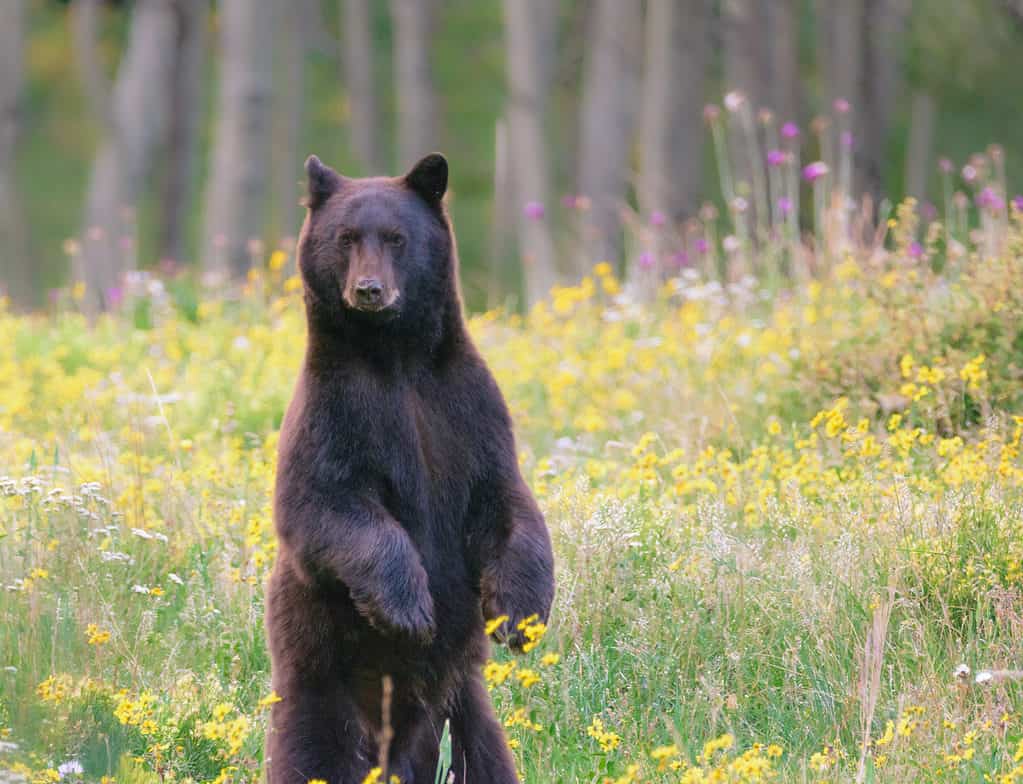Lions, tigers, bears, oh my! A video from Ranthambore National Park in India is making the rounds online with an intense interaction between a tiger and a black bear! The big cat is seemingly enjoying an afternoon stroll on a path in the jungle when the bear approaches from behind.
Watch the Intense Encounter in the Video Below!
One of Northern India’s largest and most well-known national parks is Ranthambore. The park is situated around 80 miles from Jaipur in the Sawai Madhopur district of southeast Rajasthan. Previously recognized as one of the finest and beautiful landscapes in the world, the Ranthambore National Park is now a prominent wildlife tourism site that has drawn the curiosity of many people, the former domain of the Maharajas of Jaipur is beloved by enthusiasts and aficionados.
It’s not the most common for bears and tigers to share the same habitat. Anything unfamiliar to them could be a threat, and thus, they’re ready to attack. There have been many tales of tigers feeding on brown bears and Asiatic black bears, but it appears that the connection between the two was more complicated than that. There have also been reports of bears attacking tigers.
With two animals as large as these, it’s no wonder the playing field is relatively even. The bear continues to walk towards the cat and quickly stands up on its hind legs. While many people think this is done to show dominance, bears often do this to get a better view of their surroundings.
Curious Kitten
Once the bear is on its hind legs, the tiger lies on the ground. Some viewers see this as the tiger becoming submissive to the bear. Others look at it as the cat showing the apex predator that it doesn’t care what he does, he won’t win.

A bear gets a better view of its surroundings by standing on its hind legs.
©Constance Mahoney/Shutterstock.com
One of the top comments reads, “The tiger looks so much bigger than the bear, and it’s crazy how the tiger shows so much respect for the bear. We, humans, can learn something from these beautiful creatures.”
The tail of a tiger swings lazily when it is peaceful and at ease. However, when forced to defend its turf, it responds aggressively, adopting a series of stances known as the “Flehmen response,” including flashing its canine teeth, extending its eye pupils, expanding the corners of its mouth, and lowering or repositioning its ears.
The tiger in the video can be seen swaying its tail as the bear confronts him. In contrast to their customary low-lying posture, tigers’ ears will be raised and their tails will be held high if they are interested in other animals around. This attitude demonstrates that although they are on guard, they do not currently feel endangered.
The photo featured at the top of this post is © Thorsten Spoerlein/Shutterstock.com
Thank you for reading! Have some feedback for us? Contact the AZ Animals editorial team.






